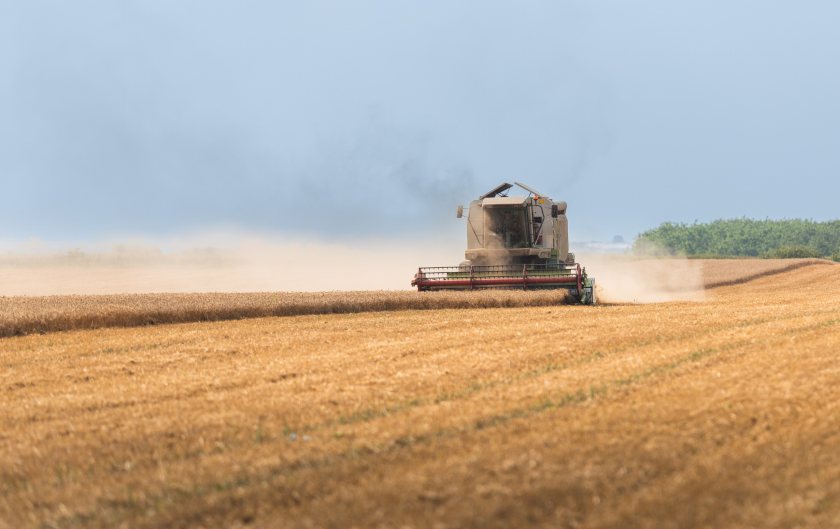
The UK’s 2025 harvest is off to its earliest start in almost 20 years, driven by a prolonged dry spring and soaring early-summer temperatures.
Farmers began cutting winter barley as early as June, marking the fastest harvest progress since records began in 2006, according to AHDB’s first official harvest report of the season.
Covering progress up to 9 July 2025, the report highlights that 10% of the UK’s winter barley area has already been harvested. This is well ahead of the same point last year (7%) and the five-year average (6%).
Although a band of heavy rain over the weekend of 5–6 July temporarily paused fieldwork, favourable weather before and after allowed combining to resume quickly.
Harvest progress remains highly variable across regions. In the Eastern region, 38% of winter barley has been cut, while the South East reports 19% harvested.
Progress in other regions is not yet captured in the current survey, though anecdotal evidence suggests that harvesting has begun more widely. In northern and western areas, activity is expected to pick up early next week.
Some oilseed rape crops have also been harvested, though none were reported in the current sample. Early yield reports are encouraging but remain inconsistent.
Olivia Bonser, senior analyst at AHDB cereals & oilseeds, urged caution in interpreting early figures: “Given that we are at an early stage in the season, and that weather has been variable in the approach to harvest, there will inevitably be variation in farms across the country.
"As can be expected, some regions have only seen minimal progress at this point. As such, early yield data may well be skewed and should not be considered representative of the whole country. Information on quality is also limited at this point.”
Straw yields are reportedly low so far, with the prolonged heat and dryness contributing to noticeably short crops.
Despite these challenges, reported winter barley yields are broadly positive, averaging 6.9 tonnes per hectare—2% above the five-year average. Early reports range from 6.8 to 7.0 t/ha, though these figures may shift as harvest progresses.
Quality data remains limited, but early signs are promising. Specific weights in parts of the Eastern region are as high as 70 kg/hl, with no reported issues related to nitrogen. Moisture levels from crops harvested to date are averaging 13.6%.
With hot weather forecast to continue, growers are advised to monitor grain temperatures in storage carefully. Crops entering store above 25°C risk attracting cooling charges or, in some cases, outright rejection.
While some farms have already completed winter barley harvest, most will now see a pause before moving into winter wheat—unless they switch directly into oilseed rape.
The next harvest progress report is due for release on 25 July 2025.
